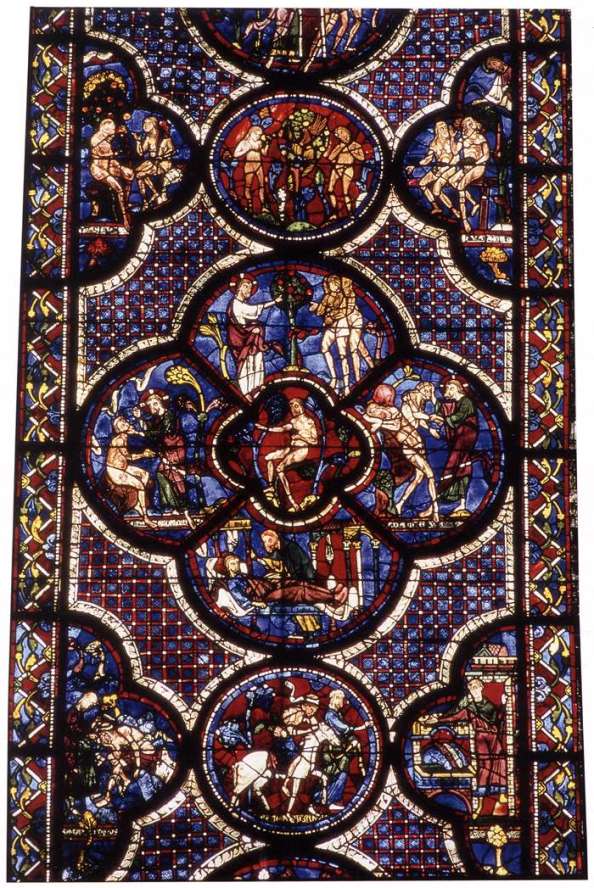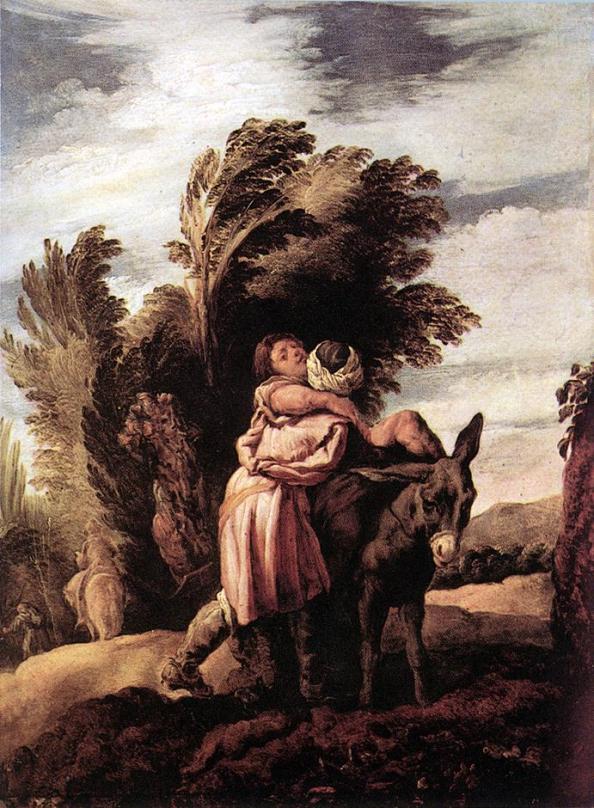Matt 26:36-46; Mark 14:32-45; Luke 22:39-46 tell of Jesus’s struggle in the garden and of his betrayal.
Agony in the Garden DONATELLO (1465)
See http://www.wga.hu/frames-e.html?/html/d/donatell/3_late/lorenzo/pulpit22.html for the source of the above photograph of the bronze door panel.
Agony in the Garden BELLINI (1465)
See http://www.wga.hu/frames-e.html?/html/b/bellini/giovanni/1460-69/060agon.html for the source of the above photograph of the painting, a description and analysis.
Christ Praying in the Garden BASAITI (1510 or 1516)
See http://www.wga.hu/frames-e.html?/html/b/basaiti/praying.html for the source of the above photograph of the painting and an excellent description of its place in art history.
Agony in the Garden EL GRECO (1590)
See http://www.wga.hu/frames-e.html?/html/g/greco_el/08/0815grec.html for the source of the above photograph of the painting and an excellent analysis of it and of the development of El Grecco’s style that it represents.
Christ on the Mount of Olives GOYA (1819)
See http://www.wga.hu/frames-e.html?/html/g/goya/8/802goya.html for the source of the above photograph of the painting and a cogent interpretation of it.
Matt 26:14-16; 47-56; Mark 14: 10,11; 43-52; Luke 22:3-6; 47-53; John 18:1-11 tell of Judas’ betrayal of Jesus.
The Betrayal of Christ Jacopo BASSANO (1568)
See http://www.wga.hu/frames-e.html?/html/b/bassano/jacopo/z_betray.html for the source of the above photograph of the pastel crayon sketch.
The Betrayal of Christ BRAMER (1637)
See http://www.lib-art.com/artgallery/22628-the-betrayal-of-christ-bramer-leonaert.html for the source of the above photograph of the drawing.
The Kiss of Judas JESUS MAFA (Contemporary)
See http://www.jesusmafa.com/anglais/pageminip2.htm for the source of the above photograph of the painting.
Taking of Christ CARAVAGGIO (1598)
See http://www.wga.hu/frames-e.html?/html/c/caravagg/03/191captu.html for the source of the above photograph of the painting and an excellent analysis.
Taking of Christ with the Malchus Episode DOUFFET (1620)
See http://www.wga.hu/frames-e.html?/html/d/douffet/taking.html for the source of the above photograph of the painting and the influence of Caravaggio upon it.
Links to my site:
Introduction https://bibleartists.wordpress.com/2013/07/14/introduction/
Graphic Arts https://bibleartists.wordpress.com/2013/07/14/i-graphic-arts/
Architecture https://bibleartists.wordpress.com/2013/07/14/ii-church-architecture-and-its-incorporation-of-art/
Music https://bibleartists.wordpress.com/2013/07/14/iii-music/
Theology https://bibleartists.wordpress.com/2013/07/14/iv-theology/
Home Page https://bibleartists.wordpress.com/












































































































































































































































